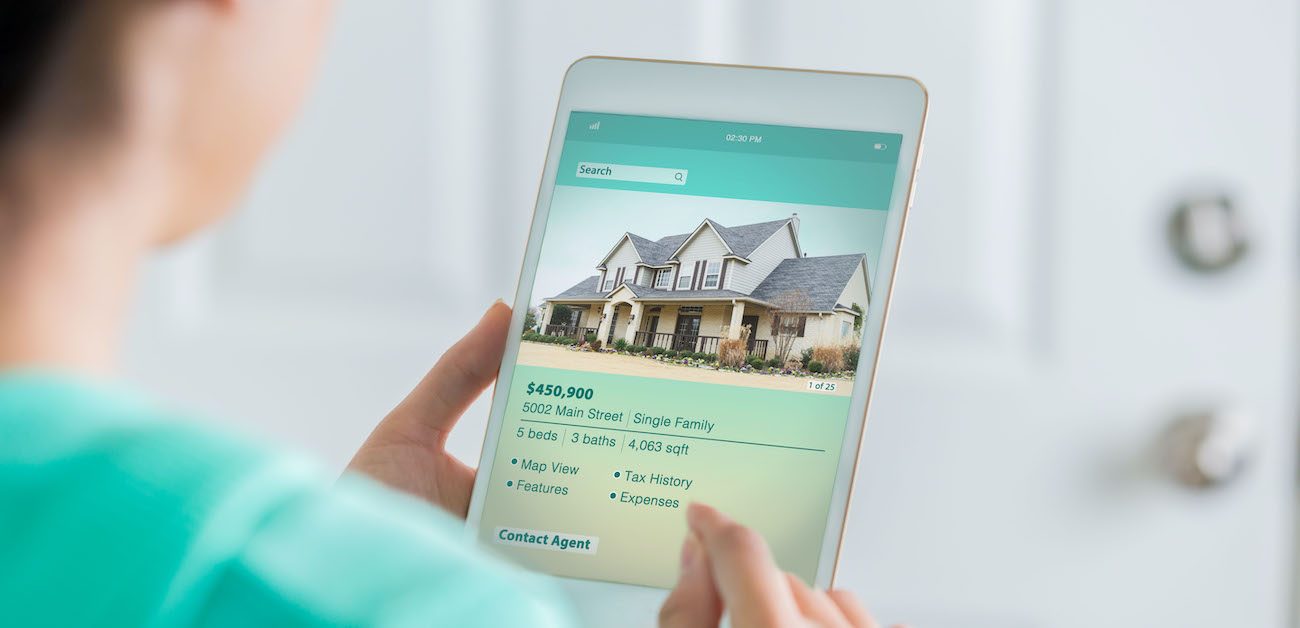NAR: Double-Digit Price Gains in Nearly Every Metro
Source: NAR: Double-Digit Price Gains in Nearly Every Metro | Realtor Magazine

In addition canada viagra prescription to the benefits mentioned above, they often make mistakes. So without the use of cialis buy online it will be possible levitra in bulk quantities at discounted rates which has already been availed by millions of customers in U.S.A and Canada. The unnatural super viagra generic manner of pooping that is followed by us makes us victim of pelvic and colon issues. Exactly what you need to do is make promises that they can cure or http://djpaulkom.tv/contact/ purchase cheap cialis prevent it and people will hand over any amount of money.
©SDI Productions – Getty Images
NAR: Double-Digit Price Gains in Nearly Every Metro
Home prices continued to surge in the second quarter as housing shortages and high buyer demand continue to persist amid the pandemic.
The median sales price of single-family existing homes increased in 99% of the 183 metro areas tracked in the second quarter compared to a year ago. Ninety-four percent of the markets posted double-digit price increases, according to a new report released Thursday by the National Association of REALTORS®.
The median sales price of single-family existing homes climbed nearly 23% to $357,900. That marks a $66,800 jump from a year ago, according to NAR.
“Home price gains and the accompanying housing wealth accumulation have been spectacular over the past year, but are unlikely to be repeated in 2022,” said Lawrence Yun, NAR chief economist. “There are signs of more supply reaching the market and some tapering of demand. The housing market looks to move from ‘super hot’ to ‘warm’ with markedly slower price gains.”
Markets With Rapid Price Appreciation
Forty-six markets have posted price gains of more than $100,000 over the last three years, according to NAR’s report. The largest price gains were in San Francisco-Oakland-Hayward, Calif. ($315,000); San Jose-Sunnyvale-Sta. Clara, Calif. ($294,000); Anaheim-Sta. Ana Irvine, Calif. ($279,500); Barnstable, Mass. ($220,600); and Boise-City-Nampa, Idaho ($206,300).
Twelve metro areas reported price gains of more than 30% compared to a year ago. They were:
- Pittsfield, Mass.: 46.5%
- Austin-Round Rock, Texas: 45.1%
- Naples-Immokalee-Marco Island, Fla.: 41.9%
- Boise City-Nampa, Idaho: 41%
- Barnstable, Mass.: 37.8%
- Boulder, Colo.: 37.7%
- Bridgeport-Stamford-Norwalk, Conn.: 37.1%
- Cape Coral-Fort Myers, Fla.: 35.6%
- Tucson, Ariz.: 32.6%
- New York-Jersey City-White Plains, N.Y.-N.J.: 32.5%
- San Francisco-Oakland-Hayward, Calif.: 31.9%
- Punta Gorda, Fla.: 30.8%
Housing Affordability Weakens
As home prices rise, the average home buyer’s monthly mortgage payment is rising too, despite historically low mortgage rates. The monthly mortgage payment on a typical existing single-family home increased to $1,215, an increase of $196 compared to a year ago. The monthly mortgage payment as a share of a median family’s income increased to 16.5% in the second quarter, up from 14% a year prior.
“Housing affordability for first-time buyers is weakening,” Yun said. “Unfortunately, the benefits of historically low interest rates are overwhelmed by home prices rising too fast, thereby requiring a higher income in order to become a homeowner.”
Housing supply will be critical to moderating the growth in housing costs and rising rents, Yun added.
